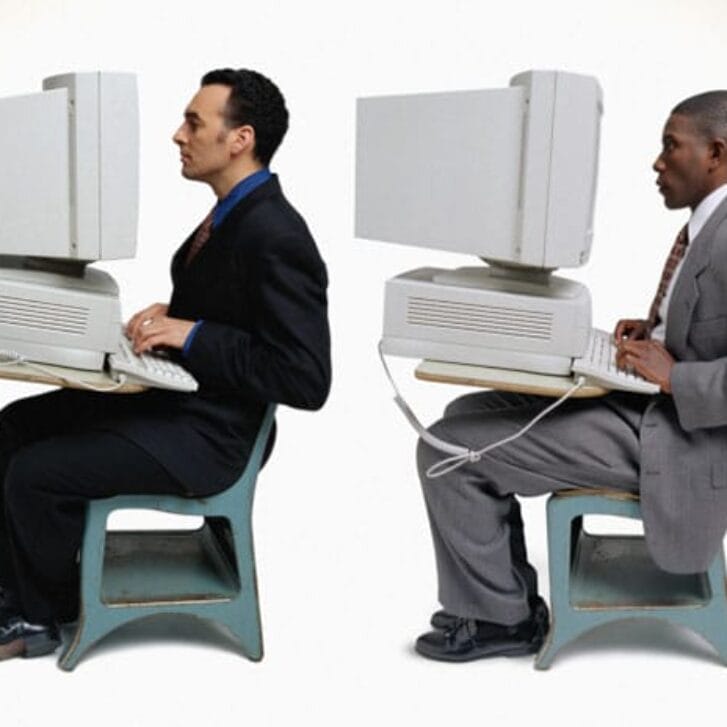The week of Nov. 19, our company VerbalizeIt presented our translation platform on stage at PhoCusWright’s Travel Innovation Summit in Ft. Lauderdale, FL, and were fortunate enough to win the award for Best Startup. This is part two of a three-part series documenting how we prepared for the summit, what the onstage experience was like, how we won and what happened to VerbalizeIt, after the conference.
Often, coming in 29th out of 30 is considered second to last. When presenting to large companies at the end of a day, just before the cocktail reception, it’s second to none.
The PhoCusWright Travel Innovation Summit was spread over the course of six hours, which, save for a lunch and an afternoon break, is a long time for anyone to stay in one place—especially C-suite executives. Each pitch went on for eight minutes with two-and-a-half minutes of feedback from the judges and one minute for rebuttal tacked on. That’s roughly 12 minutes for 30 companies and a lot of PowerPoint slides.
As we walked up to the stage, 28 other companies had shown us what resonated with the audience and what didn’t. We had a tired crowd, with an opportunity to shake things up 30 minutes prior to the cocktail reception bell.
The video of VerbalizeIt CEO Ryan Frankel’s award-winning PhoCusWright presentation.
Here’s some advice we can offer from what worked on stage for us when presenting to Fortune 500 employees:
Be Humble
We knew that we’d be following an impressive list of companies, ranging from startups to established organizations. We aimed to toe the fine line of being proud of what we’ve accomplished while maintaining a sense of humility; otherwise, we’d risk being tuned out by a tired audience.
We started with a story; specifically my story. When I was traveling in China, I turned violently ill and couldn’t communicate with any pharmacist due to the language barrier. By starting our presentation with my story, the audience could instantly relate to similar shared experiences and was more likely to warm to our pitch.
Be Different
This sounds easy, but it’s actually quite difficult. With 28 other travel-centric companies, we had to show that we were more than one dimensional. Using our website as the focal point, we demonstrated that in addition to our live translation app, we offered website localization, text translation and audio/video translation. The goal was to get the audience to understand that although they might not see the need for one of our products, they were likely going to face language barriers one way or another in a global economy.
We then made it simple for audience members to take the next step by offering them opportunity to take their content global for free by emailing us. This was clearly different than any other presentation and allowed us to start building business relationships before even leaving the stage.
Be Memorable
Numbers go a long way in presentations, particularly on slides. They are easy to understand, universally accepted and—when matched with the relevant context—powerful. What numbers don’t do is propel your presentation into the next room; numbers aren’t memorable. Weave in stories and match those stories to your numbers.
We told the audience a story about Judy, one of our 16,000 translators, and shed some light on her life, her skills and how she contributes to our community. Judy’s story was a hit, and we had numerous conversations during the cocktail reception about how a highly skilled woman from Queens, NY, was capable of guiding someone on the other side of the world through a difficult situation. The human element was vastly better received than pure numbers.
Incorporating this advice into your next startup pitch should help you rise above the competition. We were fortunate enough to win the award for Best Startup of 2013, and are now in the process of using our momentum to develop opportunities with prospective customers and partners.
Editor’s note: Watch Ryan’s presentation from the PhoCusWright Travel Innovation Summit at verbalizeit.com.
Read the first post in this three-part blog series, “Our Shot at Fortune 500 Employees.”
























